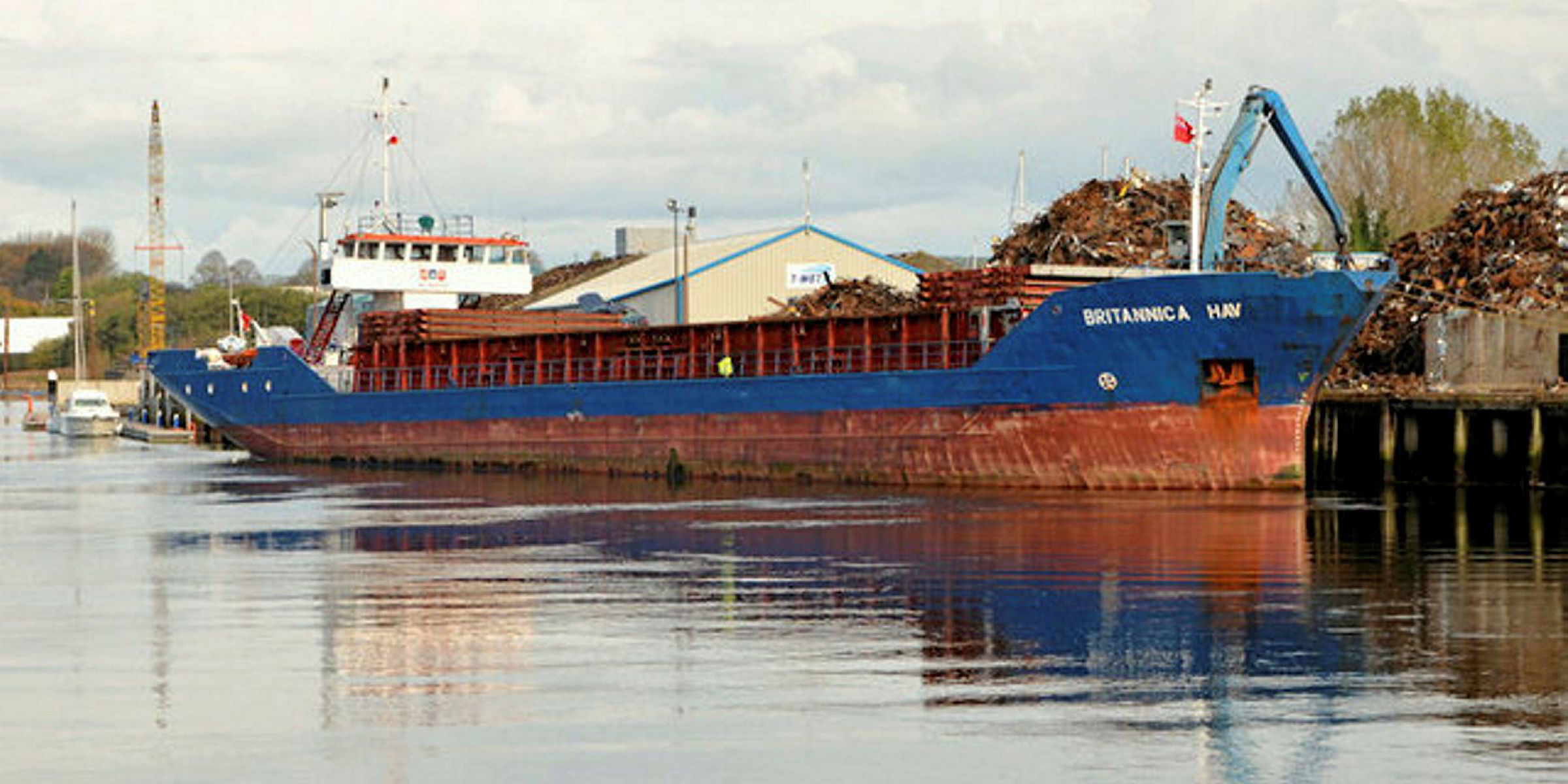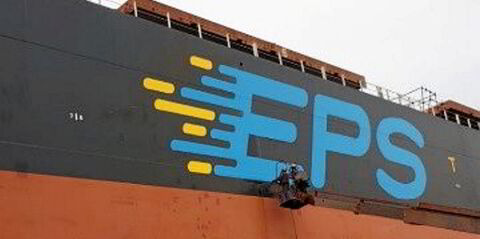A general cargoship that capsized in the English Channel last week after colliding with a fishing vessel was taken under tow, according to authorities.
France's Maritime Prefect for the English Channel and North Sea reported that rescue tug RIAS Abeille Liberte was deployed to tow the 2,300-dwt Britannica Hav (built 1985) after the rescue agency suggested a "special method" of towing to free the channel of the wreckage.
The Maritime Prefect, which did not indicate the towed ship's direction or destination, recommended the vessel's removal as the "weather deteriorated".
The tug used an "atypical" towing method of passing the tow trailer into the bow thruster tunnel and through the front of the hull, as proposed by the crew RIAS Abeille Liberte.
By 1230 GMT, the crew was able to connect the RIAS Abeille Liberte's tow line to the overturned vessel, which is currently in progress, the Maritime Prefect said.
No pollution has been observed around the hull of Britannica Hav, and an exclusion zone of 500 metres was created around the convoy.
A patrol vessel, while British vessel Galatea and two tugs chartered by the shipowner are supporting the tow operation.
The French Navy rescue and decontamination ship Argonaute is remaining at the scene of the collision.
The Maritime Prefect was alerted of the accident at around 1540 Tuesday by the Regional Operational Center for Surveillance and Rescue (CROSS) of Jobourg, France.
The collision occurred about 50 nautical miles northeast of Cherbourg, France.
The Maltese-flagged Britannica Hav’s seven crew members evacuated the ship aboard two life rafts and were recovered by the Belgian-flagged fishing vessel involved in the accident, Deborah.
The seafarers were flown by helicopter with medical personnel onboard to France’s Querqueville Airfield.
The captain of the fishing vessel was slightly wounded in the head but did not evacuate his ship, the Maritime Prefect said.
No other seafarers were injured as a result of the collision.
The Britannica Hav was carrying 1,955 tonnes of steel when it collided with the Deborah, causing four 15-by-20-foot bilge boards to tear from the hull’s port side.



